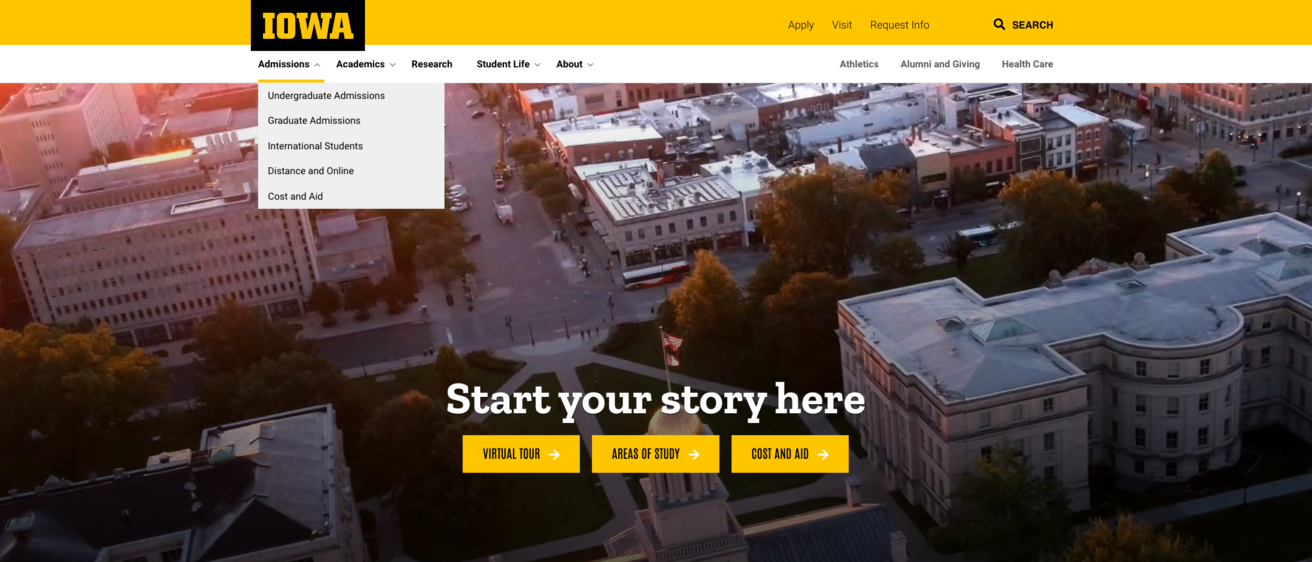Starting any website journey is always exciting! Besides the ideas you have for new features, eye-catching visuals and a fresh layout, there is something incredibly vital that needs your consideration: your main navigation structure.
Why website navigation structure matters
A navigation menu is more than just a collection of links. It is the essence of your site and holds immense significance. The reason is that it acts as a linchpin, holding your site together and creating a guide for where your content lives. It helps guide your users to the content that they need to find and how they can get there. Today, we will talk about the four roles that your navigation menu serves to your user.
- Role 1: Your navigation menu serves as an information hierarchy
Navigation menus allow you to establish a hierarchy for your content that lives on your site. By categorizing and organizing information effectively, you can guide users toward the most important and relevant sections of your site, helping them make informed decisions. - Role 2: Your navigation menu helps your content be discoverable
Effective navigation menus ensure that your website's valuable content is easily discoverable by both users and search engines. Users are more likely to engage with your content when they can find it without frustration. - Role 3: Your navigation menu enhances the user experience
Navigation menus act as roadmaps, guiding users through your website's content. A well-structured menu makes it easy for visitors to find the information they need quickly and effortlessly, leading to a more positive and satisfying user experience. - Role 4: Your navigation menu helps users decide where they should go next
Your navigation menu provides information scent to your user. Information scent in simple terms means that when a user has a question, they will decide what webpage to go to based on their estimate of (1) how likely it is that the page will provide an answer to their question, and (2) how long it’s going to take to get the answer if they go to that page. Your navigation menu is a critical part of this information scent. Think of information scent like mini clues throughout your website helping your user find the information they need. Users will use these clues to determine where they should go next and find the information they are seeking. If these "clues" are unclear it can provide a challenging experience for your user.
Creating a quality navigation menu
How do you create a quality navigation menu? We’ve included some tips here. The key is to craft it based around user logic and cultivate intutive navigation, rather than basing your navigation structure on your internal organizational framework. It is important to remember that users may not have any understanding of your internal organizational framework and terminology. Basing your menu on internal framework can lead your users down a frustrating path and possibly unable to find the content they are seeking.
Producing a quality navigation menu should involve your target users by using various testing methods. Conducting a card sort exercise, engaging in usability testing, site surveys or tools like Optimal Workshop are all valuable to explore.
A good navigation menu is the foundation of a positive user experience. Your website's success really hinges quality of your navigation structure (amongst other factors). By prioritizing intuitive navigation, you empower your users to explore your site with ease, creating a seamless and rewarding experience that resonates with your audience.
